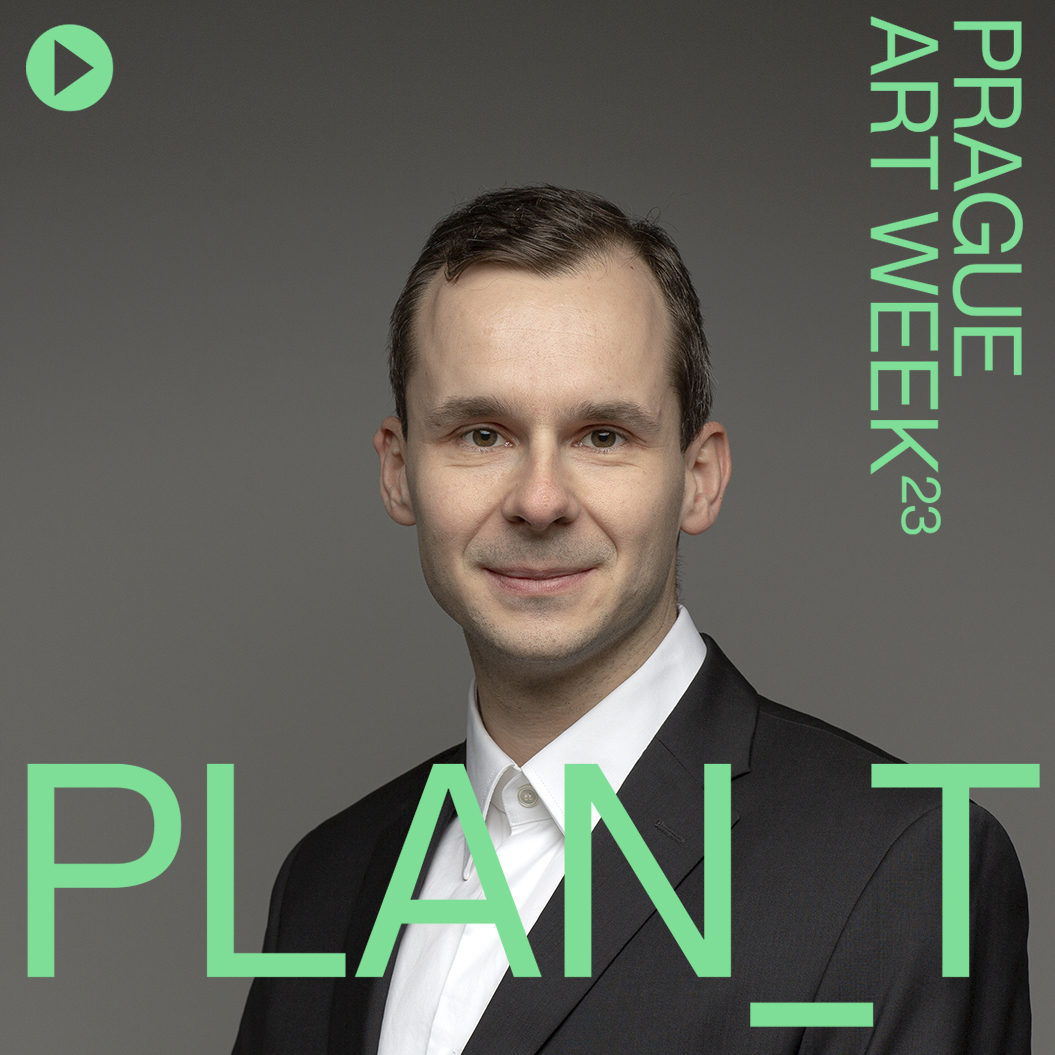In the last five years, several new permanent exhibitions have been created at the National Gallery: an exhibition of 19th century art, an exhibition of the interwar period and an exhibition of architecture of the second half of the 20th century. How does the National Gallery’s exhibition build on these previous permanent exhibitions? “They have paved the way for us in that their artistic and architectural approach is experimental. Whereas 19th-century art is anachronistic – it tries to trace the genesis of modernism by putting things side by side that are from another time, which I would say is the prevailing approach today. So from the beginning we had the opportunity to go into something more experimental. Then we decided to concentrate on the collection itself, which is the same case as with the Long Century Exposition. We made a decision within the conception that leads to the fact that we are not trying to construct history, but rather to reconstruct it,” says Michal Novotný, one of the curators of the collection, describing the nature of the The End of the Black-and-White Era collection, adding that “the idea is to emphasize not only the aesthetic and stylistic aspects of a work of art, but rather that the exhibition conceptualizes the work of art as a cluster of political economic and other aspects.”
The collection aims to show that art can be understood as an illustration of a given time, trying to give a picture of Czech history and what kind of art was produced and what it reflected. It therefore focuses on the interconnectedness of time and art. In the words of co-curator Michal Novotný, “by taking a tour, the visitor can get an idea of modern history, which cannot be told without political events and chronology, precisely because of the context that decides what was and is labeled as art and how we now understand its content.” But the collection also includes artists who were not representative of the most progressive movements, and the exhibition thus gives a more holistic picture of the discourse of the time. The permanent collection has a distinctive architecture that is combined with graphic design, becoming “the equal work of Dominik Lang and Jan Brož,” as Michal Novotný describes it.
